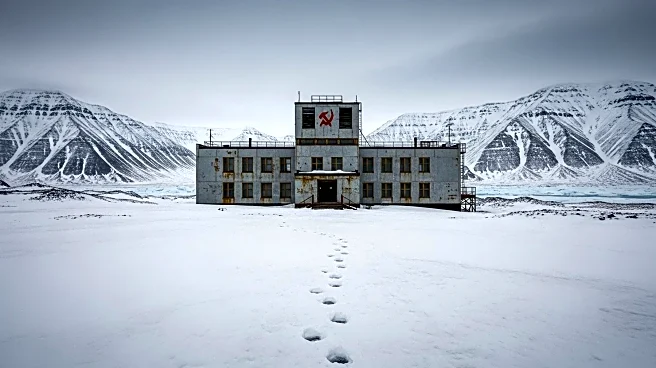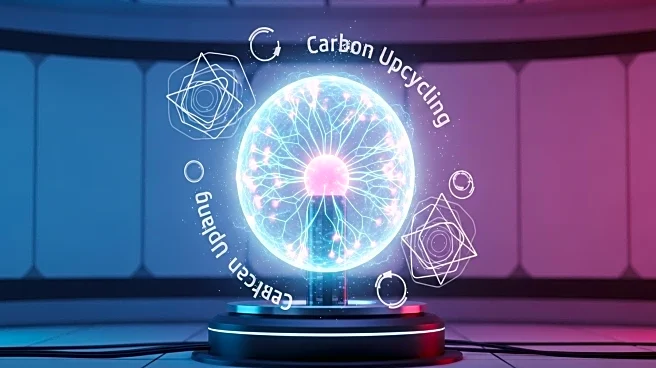What's Happening?
Scotland's Glen Sannox ferry, initially launched as a 'green' vessel, is under scrutiny for its environmental impact. Designed to operate on liquefied natural gas (LNG) and marine diesel, the ferry was expected to reduce emissions compared to its diesel predecessor. However, recent studies, including the International Council on Clean Transportation's (ICCT) FUMES study, have highlighted significant methane slip from LNG engines, which is much higher than industry estimates. This slip contributes to increased greenhouse gas emissions, overshadowing the ferry's intended environmental benefits. The Glen Sannox, which began service in January 2025, emits approximately 10,391 tons of CO2 equivalent annually, compared to 7,732 tons from the older Caledonian Isles ferry. The discrepancy is attributed to methane slip, which is a potent greenhouse gas.
Why It's Important?
The situation with Glen Sannox underscores the complexities of transitioning to cleaner energy sources in maritime transport. While LNG was promoted as a cleaner alternative, the high methane slip rates challenge its environmental credentials. This has broader implications for the shipping industry, which is under pressure to reduce emissions. The findings suggest that investments in LNG infrastructure may not yield the expected climate benefits, potentially diverting resources from more sustainable technologies like electrification and advanced biofuels. The case of Glen Sannox serves as a cautionary tale about relying on optimistic assumptions without empirical data, highlighting the need for comprehensive lifecycle assessments in evaluating new technologies.
What's Next?
The maritime industry may need to reassess its reliance on LNG as a transitional fuel. Stakeholders, including policymakers and shipping companies, might consider accelerating the development and adoption of alternative technologies such as fully electric ferries and zero-carbon fuels. The scrutiny on Glen Sannox could lead to increased regulatory oversight and demand for more accurate emissions reporting. Additionally, there may be a push for more rigorous testing and validation of emissions data to ensure that environmental goals are met.
Beyond the Headlines
The Glen Sannox case highlights the ethical and strategic challenges in balancing economic, environmental, and technological considerations. It raises questions about the role of government and industry in ensuring that environmental claims are backed by scientific evidence. The situation also reflects a broader trend in the energy sector, where the transition to sustainable practices is fraught with unexpected challenges and requires adaptive strategies.










